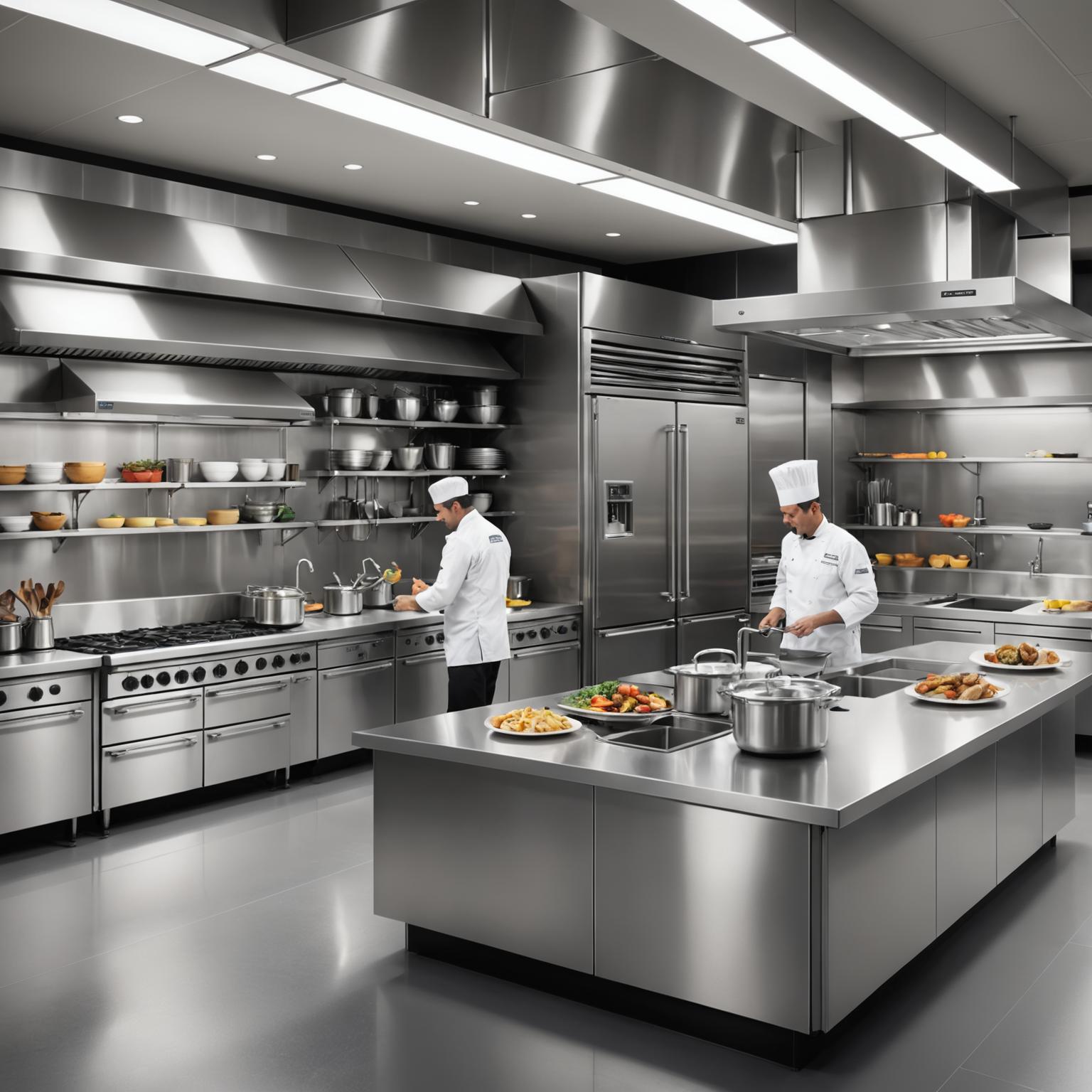Stainless steel has become an indispensable material for modern industry and life due to its excellent corrosion resistance, strength and aesthetics. This article will introduce it in fullCharacteristics of stainless steel, main types (304/316, etc.), production technology, common application fields, and provide practical purchasing guides to help you choose the most suitable stainless steel product according to your needs.
1. What is stainless steel?
Stainless steel containsAt least 10.5% chromiumThe iron-based alloy and chromium element form a dense oxide film to make it have the characteristics of "stainless". Depending on the composition, nickel, molybdenum and other elements can also be added to enhance performance.
Core features:
✔️ Excellent corrosion resistance
✔️ High strength and durability
✔️ Hygiene and easy to clean
✔️ Beautiful surface effect
✔️ 100% recyclable
2. Main types and differences of stainless steel
| type | Ingredient characteristics | Main uses | Corrosion resistance |
|---|---|---|---|
| 304 | 18%Cr-8%Ni | Kitchenware/Home Appliances/Construction | ★★★★ |
| 316 | 16%Cr-10%Ni-2%Mo | Chemical/Marine/Medical | ★★★★★ |
| 430 | 17%Cr | Home appliances/decoration | ★★ |
| 201 | 17%Cr-4%Ni-6%Mn | Low-end products | ★ |
*Tip: Food-grade stainless steel must comply with GB4806.9-2016 standards*
3. Stainless steel production process
-
Melting: Arc furnace + AOD refining (key carbon removal process)
-
Continuous casting: Form a slab/square billet
-
Hot rolling: 1200°C high temperature rolling
-
Cold rolling: Precision control of thickness
-
Surface treatment: Polishing/brushing/PVD coating, etc.
4. Typical applications of stainless steel
-
Architectural decoration: Curtain wall, elevator, handrail
-
Kitchen supplies: Sink, tableware, kitchen utensils
-
Medical equipment: Surgical instruments, implants
-
Industrial Equipment: Chemical pipelines, food machinery
-
Transportation: High-speed rail carriages, ship accessories
5. Stainless Steel Purchase Guide
Purchase points:
-
Confirm the material identification (such as SUS304)
-
Check surface treatment process
-
Select type according to environment (316 for coastal use)
-
The thickness must meet the needs of use
-
Choose a regular manufacturer's products
Maintenance recommendations:
-
Wipe regularly with neutral detergent
-
Avoid long-term contact of chloride ions
-
Do not use hard objects such as steel wiping balls to scratch








